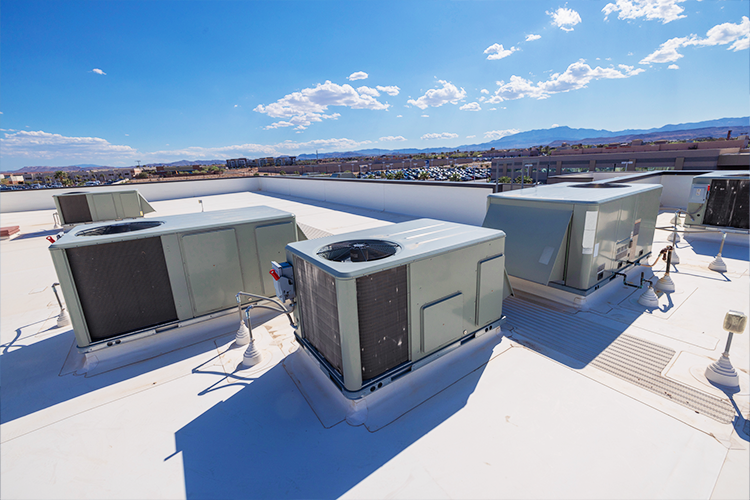Strategies in Light: Three focus areas for 2018 and beyond
March 27, 2018
Last month took me from snowy Minnesota to sunny Long Beach, California, for the Strategies in Light (SIL) conference.
With its focus more on lighting technology and lighting components than fixtures and design, we found ourselves in the company of chip and driver manufacturers, LED optics and heat-sink people, and folks from the National Institute of Standards and Technology (NIST).
I sat through a number of sessions that focused on the state of the industry and where it is going in the next few years. One presentation predicted that LEDs will reach their maximum efficacy within three years. In others, manufacturers talked about their search for new ways to deliver more value and prevent themselves from being commoditized.
But to sum it up, I saw three key areas of focus emerge:
1. The value of wireless controls/IoT/intelligent lighting. Controls have been the buzz of the industry for the last few years. While many think their worth comes from the additional energy savings they provide, the real driver for investors is their ability to generate data.
Wireless controls make it possible to easily retrofit existing lighting infrastructures. Previously if controls weren’t built into a facility, you faced prohibitive rewiring costs to add them. Lighting is already part of the existing infrastructure and it provides the densest electrical mesh of anything that is installed.
The sessions I attended pointed out that the payback won’t come from the retrofitted lighting controls themselves, but the data they provide.
They mentioned that people/asset tracking and space usage data will likely be the two most valuable capabilities to come out of a controls environment. The key for this next wave of lighting controls is to be able to provide the control you want at the touch of the button and deliver the information back about the space.
It will be important, however, that the data systems involved not be locked-down and proprietary. Instead, they have to be open to interface with other systems. Many protocols currently exist, each with pros and cons, but it will be those with interoperability, flexibility, and simplicity that rise to the top.
2. The need for human-centric/biocentric lighting research. While people are very excited about health and wellness factors related to lighting, there’s not enough good, completed research available yet about its impact on productivity, patient healing, etc.
While research has certainly shown links between light and human circadian rhythms, we still don’t know enough about what these links are, and how we can use them to our benefit.
Can lighting speed patient recovery? Increase worker productivity? Counteract shift work disorder?
The impact of white and blue light on our sleep patterns is even more contentious. Are we robbing ourselves of sleep by replacing high-pressure sodium street lighting with white LEDs? We can speculate all we like, but we need more investment-grade research to help us navigate this frontier.
3. A focus on horticultural lighting. Many of the concepts around human centric lighting can also be applied to plants. In some ways it’s a less complicated study that often focuses on increased plant yield.
This topic is largely being driven by the newly legitimized marijuana industry. Because it is a high margin product, even a relatively small improvement in production could mean huge paybacks for marijuana greenhouses. (For tomatoes and other plants, yields will need to go a little further.)
Many of these greenhouses are running with high pressure sodium grow lights. The question becomes how do LED retrofit costs and energy savings compare to the increase in plant yield? Having that plant-centric data will help make the value proposition clearer.
As head of EMC’s Design Team, I see our group as the stewards of EMC’s lighting knowledge. I left SIL 2018 with some great insights that will add new value to our lighting designs, and guide us in emerging technologies. Some will advance our customers’ bottom line values, while others will positively impact the space and those who occupy it.
Ben Wright is manager of design for EMC. In this role he ensures that lighting projects are analyzed not just as energy reduction opportunities, but as opportunities to improve the spaces we live and work. He has a Bachelor of Arts in Environmental Design from Montana State University – School of Architecture.


